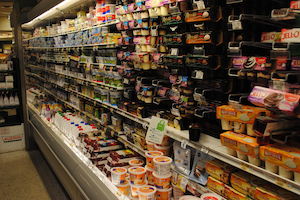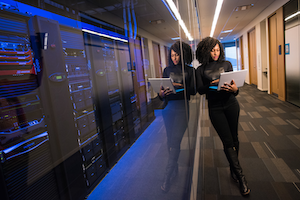IoT in Transportation & Logistics Industry
Logistics and transportation are crucial to the success of economies worldwide. A conduit facilitates transporting people, goods, and other materials. Produced goods are transported in containers at some point in the supply chain. With the predicted 35% growth in the global consumer class by 2030, demands on the transportation sector are expected to escalate. As much as ninety-five percent of all produced items are shipped using container ships. Because of this, people are thinking more about the industry's biggest problems and how to solve them. A good thing has come out of this.
What Does The Internet Of Things Mean For Logistics And Transportation?
In the logistics and shipping industry, the term "telematics" is often used to refer to the Internet of Things (IoT). Fleet monitoring and management applications rely heavily on telematics technology. Data capture devices installed in vehicles or mobile assets may send data through secure cellular networks to a cloud-based data management system.





